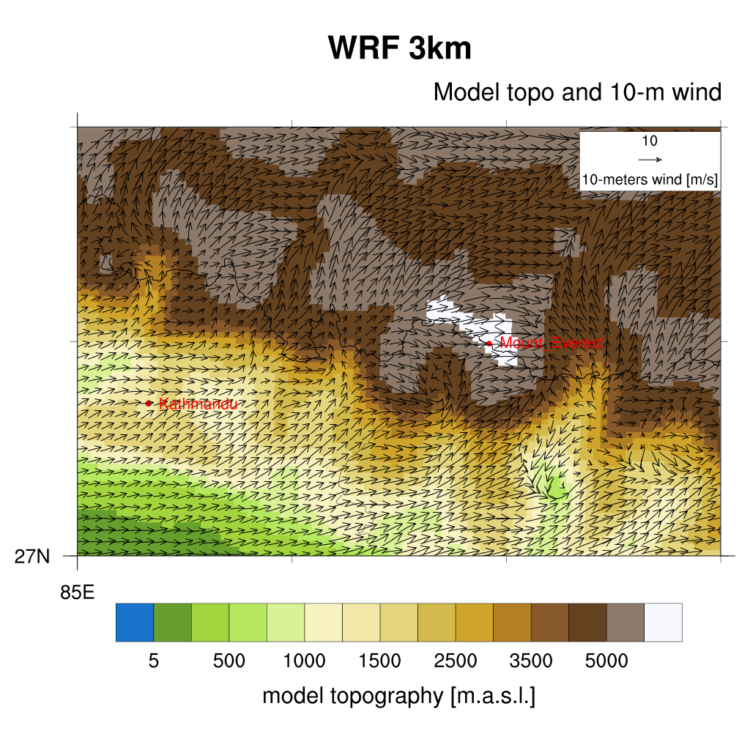Progress in numerical weather forecasting
Progress Doesn't Stop. We constantly work hard to keep providing you with the most accurate weather forecasts.
The world of alpinism is in constant evolution. Glaciers retreat, gear gets better and better, new routes are climbed. We constantly work hard to keep providing you with the most accurate weather forecasts. Find detailed information about our forecasts and services here.
In short, weather models are computer programs that calculate the state of the atmosphere (or "the weather") for the future. As computer programs, their performance greatly depends on computing power. The more powerful a computer is, the finer the spatial resolution of the model can be, the more accurate the resulting forecast has to be - right?
Well, in general, this is true. Indeed, computing power developed in giant leaps in the last years and decades. Of course, model development kept up with this and today, there are global weather models with a spatial resolution of 9-13 km, such as the German ICON or the European ECMWF IFS.
Today's operational fine mesh models work with a grid distance close to 1 km, but these are only available for some selected and limited areas, such as the European Alps.
Due to a finer spatial resolution, the topography used in the weather model is closer to the reality and local effects in the mountains, downslope wind storms, gap-flows , valley wind or convection are more realistically shown by a local model. For remote areas and mountain ranges, such high-resolution local models are rare.

Fine mesh models offer high spatial resolution and can show small-scale weather effects quite well - but are available only for limited areas.
That's why Meteotest has implemented a new local WRF-model for the Himalaya and the Karakoram with a spatial resolution of 3 km. We're very motivated to see the performance and the skill of this new model and are eager to receive your feedback.

However, despite this progress and improvement model output still has to be taken with a pinch of salt. All over the world, mountain ranges lack a dense network of meteorological observations. Hence, the verification and calibration of model performance are difficult.
Finally, a model remains a model. The output is always a forecast and must not necessarily correspond with local observation.
Therefore, a single forecast or one of our flat rate forecast packages, interpreted and written by our experienced forecasters might prove to be invaluable in some cases. We don't just recite the model output, but analyse the current weather and data from different models in depth

By doing so, our forecasts are more reliable and comprehensive than direct model output. Finally, the weather on the mountain is as it is, and not necessarily how the model wants it to be - and we know this.
We don't just recite the model output, but analyse the current weather and model data from different models in depth.